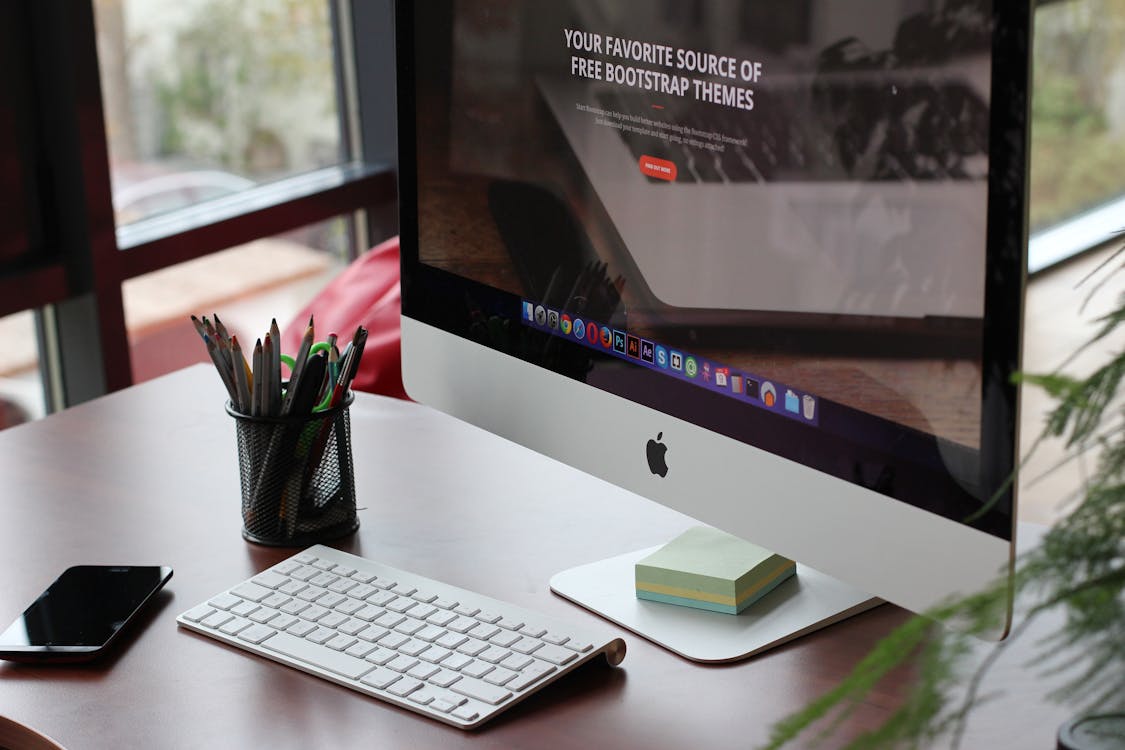However, what might matter most to you as a technologist may be a secondary concern to your end user. To be sure, no one wants to endure a badly designed, poorly functioning digital product. For laypersons, though, the true litmus test for a stellar experience may not, after all, rest in the product’s functionality. It may, instead, be determined by aesthetics or, more precisely, by the interaction of aesthetics and usability.
There’s even a term for this. It’s called the aesthetic-usability effect, and it can have a profound impact on the way end users perceive the functionality of the product, shaping their experience with the overall design.
This article explores the aesthetic-usability effect and determines strategies factoring this phenomenon into your design and testing processes.
Understanding the Aesthetic-Usability Effect
The aesthetic-usability effect, in a nutshell, is a psychological phenomenon that leads humans to perceive aesthetically pleasing designs to be more functional and more “usable” than designs that are less appealing to the senses. Similarly, this phenomenon can also lead end users to devalue the utility of a highly functional design because of a perceived lack of aesthetic appeal.
The implications of the aesthetic-usability effect can be profound for UX designers. Specifically, the effect can significantly skew design testing and research. For instance, developers may be led to believe that there is a flaw in the product’s technical design when, in fact, the deficiency is largely aesthetic.
This can lead developers down an unending rabbit hole of reconfigurations when, in fact, all that is actually needed is a reimagining of the layout, formatting, or color palette.
Incorporating Gestalt principles in UX design can be a terrific way to optimize the aesthetics of the design using insights derived from human psychology to understand sensory perception and its effect on emotions and cognition. These proven practices of aesthetic design, in other words, can reduce the risk that the aesthetic-usability effect will undermine functionality and UX test results.
Researching with the Effect in Mind
When you’re designing with UX in mind, frequent usability testing is essential. Guerilla usability testing derived from agile project development is an ideal way to assess functionality and user experience throughout the project lifecycle, harnessing end-user feedback to make incremental design changes at each stage of the project lifecycle.
Though this responsive approach to UX design typically results in a higher quality product and an enhanced user experience overall, it’s imperative that designers guard against the aesthetic-usability effect during testing.
For example, designers must be proactive in their efforts to define the impact that aesthetics may be having on the end-user experience.
Thus, rather than asking test subjects merely to describe or rate their experience of the product or to evaluate its overall usability, designers should ask questions related specifically to the product’s visual design.

You might, for instance, show test subjects a series of still images of the user interface and ask the subject to share their opinion on specific elements of the design, such as object placement or color scheme. This can be done either before or after the usability test and it can provide invaluable insight into whether the aesthetic appeal of the design is influencing subjects’ perception of the product’s usability and their overall experience with the product.
To be sure, focusing on both form and function in UX testing can be a challenge. However, simple tools, such as the use of flow charts, can help you track and analyze user feedback and more effectively communicate relevant results to the design team.
Designing for Form and Function
While it is critical for UX designers to remain cognizant of the impact of the aesthetic-usability effect on the reliability of product functionality tests, there are important arenas in which the effect can, in fact, provide a design advantage.
Specifically, the human brain craves order, harmony, and beauty. When these are missing from a digital product’s design, the user experience will inevitably be compromised. This is true even when the product is functionally perfect.
By the same token, an appealing design can compel users to forgive a host of minor issues with functionality and usability.
This is important because how customers and clients perceive a product or experience can have long-lasting implications for businesses. When consumers perceive a product to be difficult to use or of poor quality, that can irrevocably sour the relationship. You may lose their business and incur significant long-term damage to your brand.
On the other hand, when you offer consumers a functional and aesthetically pleasing product, even if a few minor technical glitches remain in the design, you’re more likely to win the end user’s loyalty and positive word of mouth. After all, because you have taken pains to appeal to their senses through techniques such as Gestalt design principles, they’re going to perceive the product to be more functional and their experience to be better than they would when using a product that features the same technical design but limited aesthetic appeal.

The Takeaway
Functionality is a critical concern in UX design, but it is far from the only vital issue. Indeed, when it comes to optimizing the end-user experience, aesthetic appeal plays just as important a role as does usability. Without an aesthetically pleasing design, users are likely to perceive their experience with your digital product to be a negative one. If you want to learn more about UX visit our guides.
Conversely, an aesthetically appealing layout often leads end users to forgive minor flaws in functionality. This phenomenon, known as the aesthetic-usability effect, can offer designers an invaluable opportunity to enhance the user experience by prioritizing the union of form and function.
On the other hand, the effect can have a detrimental impact on usability testing unless designers remain proactive in mitigating these harms, particularly by testing for aesthetic appeal as well as functionality. This would include, for instance, assessing users’ experience of the layout, color scheme, and overall visual appeal of the interface.






